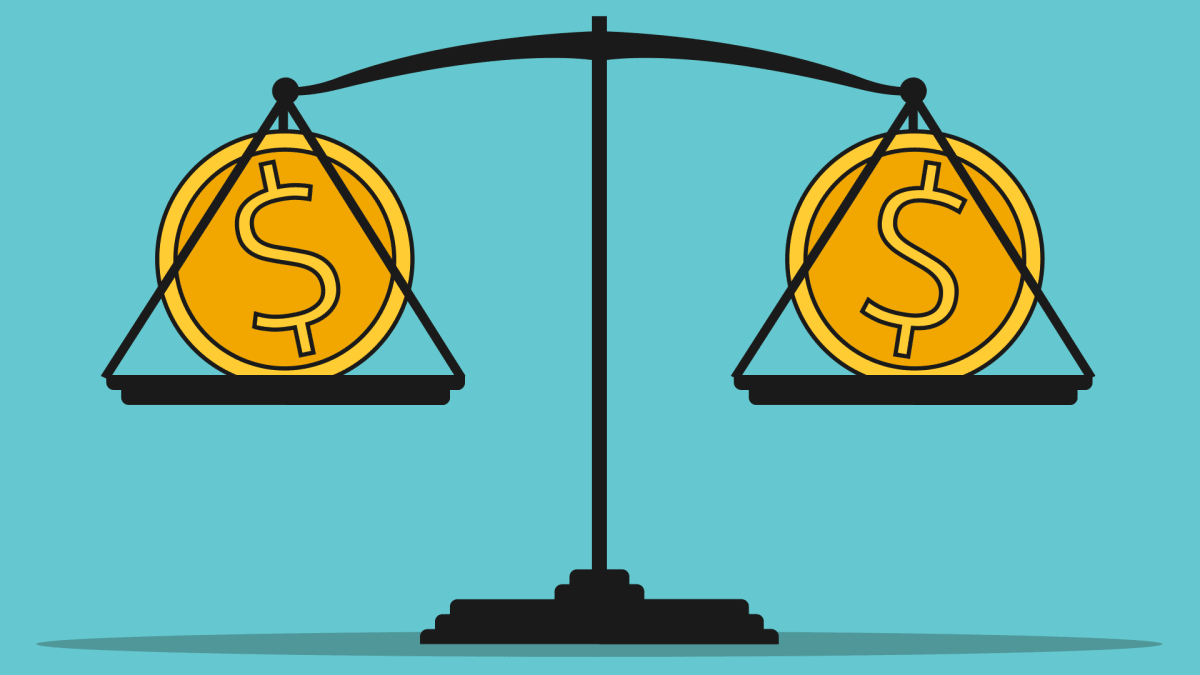1.1 Definition of a Credit
Bureau
A credit bureau is an institution that collects information from creditors and available public sources
on a borrower’s credit history. The bureau compiles information on individuals and/or small
firms, such as information on credit repayment
records, court judgments, and bankruptcies, and
then creates a comprehensive credit report that is
sold to creditors.
Credit bureaus differ from credit rating agencies, such as Standard & Poors (S&P), Moody’s, and
Fitch, which collect financial information on large
companies;
conduct detailed analyses of operations, finances, and governance of such companies; and then issue credit ratings. Credit bureaus
focus on smaller creditors, mostly concentrate on
credit repayment records, and rely on statistical
analyses of large samples of borrowers and not on
in-depth analysis of individual companies.
Credit bureaus are essential to the success of
credit markets. They serve as indispensable tools
used by financial institutions to support their retail
lending business. Credit bureaus help address the
fundamental problem in financial markets known
as “asymmetric information,”which means that the
borrower knows the odds of repaying his or her
debts much better than the lender does.
The inability of the lender to accurately assess the credit
worthiness of the borrower contributes to higher
default rates and affects the profitability of the
financial institution.
Lenders address this problem by investigating a
borrower’s ability to repay and/or by requiring collateral to cover the loss in case of a default.
Requiring collateral is often problematic, especially in developing countries and particularly in the
case of new firms, micro-entrepreneurs, and small
and medium-size enterprises (SMEs), which often
lack significant assets for use as collateral. In addition, the costs to lenders of seizing and liquidating
assets that were used as collateral can be significant and the process can take a long time.
According to a World Bank survey,1 in most developing countries it takes one to two years to
enforce a contract and costs around 20-40 percent
of the cost of the debt. In extreme cases, for example in the Congo, it takes on average three years to
enforce a contract and may cost up to 250 times
the cost of the debt.
Hiring investigators to check borrowers’ backgrounds is costly. Conducting in-depth background
checks, while justifiable for larger loans, is not possible for small loans. The unavailability of information at a low cost restricts the ability of lenders to
expand and profitably run retail lending operations.
Monitoring and screening borrower behavior
offers an alternative strategy to reduce the problem of asymmetric information. Past behavior is an
extremely reliable predictor of future behavior.For
example, many countries commonly grant credit to a firm only after the firm has had an account
with the bank for at least six months to a year,
which allows the bank to observe the firm’s cash
flow. Another alternative, the group lending
approach, mostly used by microfinance institutions, allows lenders to provide loans to individual
borrowers who, through participation in the
group, have developed a credit history with the
institution. Only then does the lender extend individual loans. In these examples the credit history
of the borrower, sometimes referred to as “reputational collateral,” enables an individual or a firm to
gain access to financing.
Credit bureaus also rely on monitoring and
screening of borrower behavior. Lenders share
information accumulated through their lending
operations with a credit bureau, which then disseminates it to other credit providers.This allows
them to better assess credit risks based on a given
borrower’s past payment behavior. Lenders, therefore, can make better informed lending decisions.

